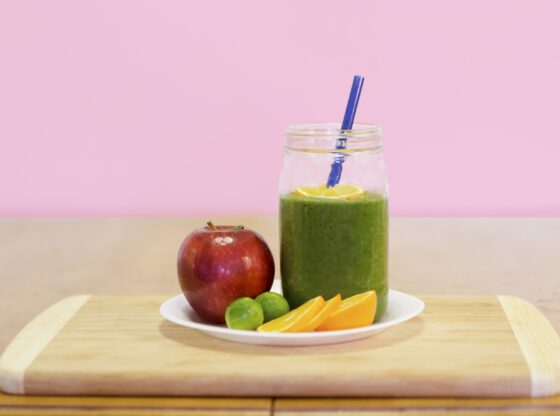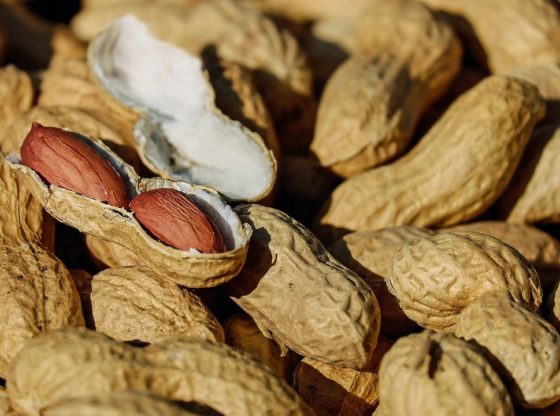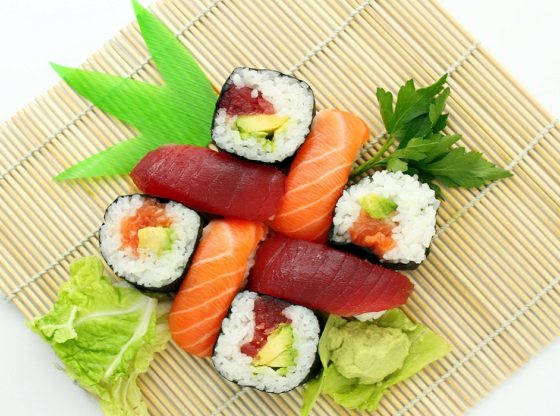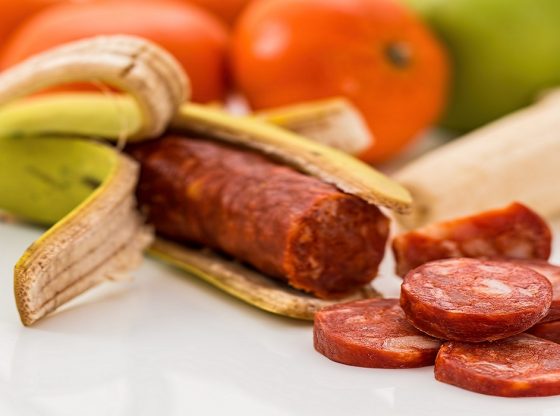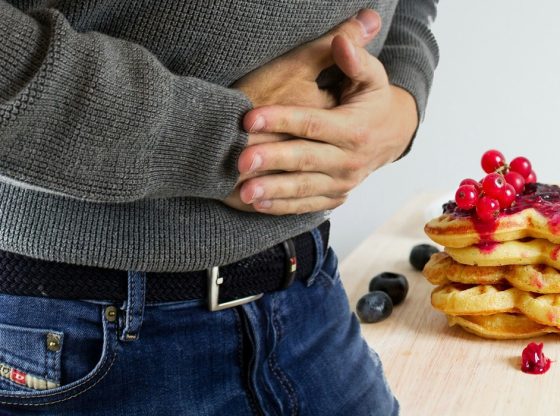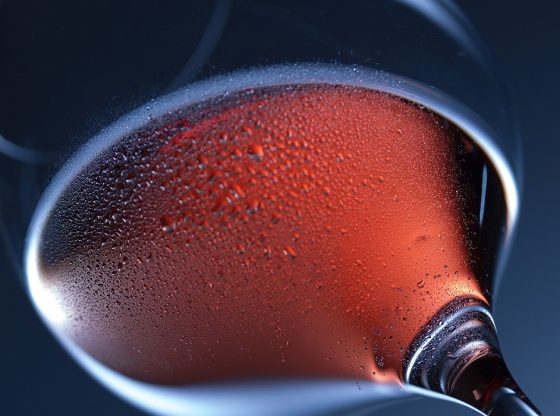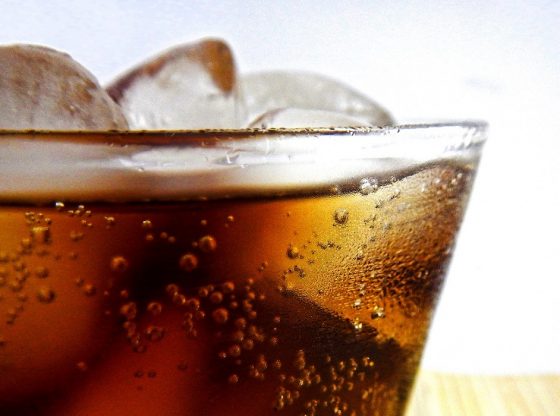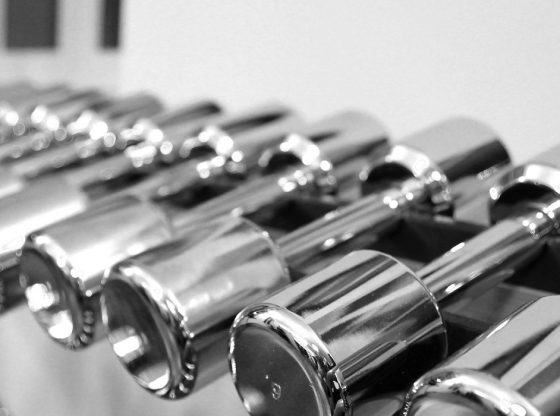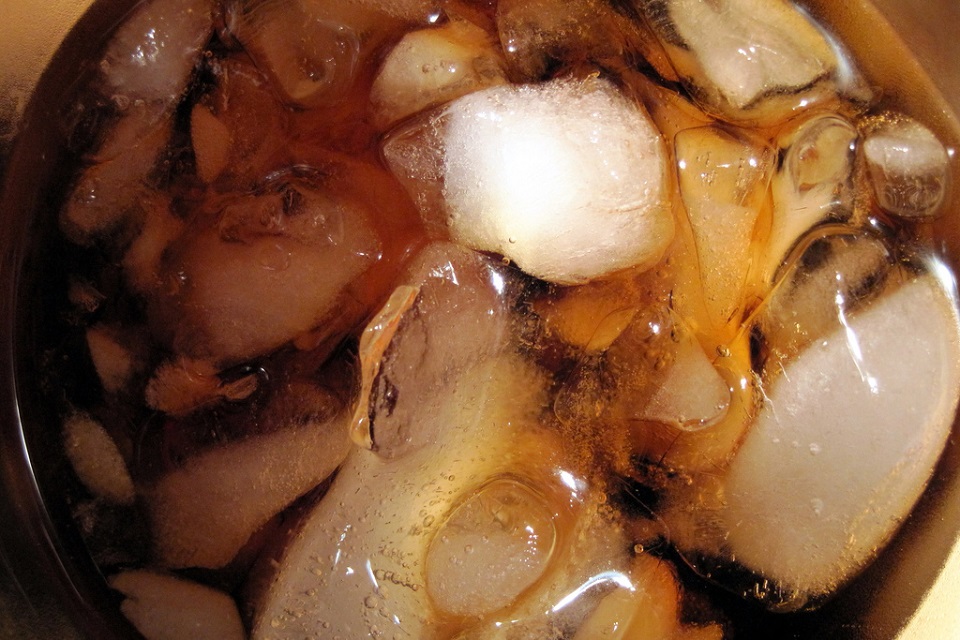
This new study “Consumption of soft drinks and juices and risk of liver and biliary tract cancers in a European cohort” published in the scientific peer-reviewed journal The European Journal of Clinical Nutrition has examined if there is a correlation between developing liver cancer (hepatocellular carcinoma), two forms of duct cancer (intrahepatic bile duct cancer and biliary tract cancers) and the consumption of sugar-sweetened and artificially sweetened soft drinks, as well as fruit and vegetable juices.
The study is an immense academic collaboration between universities and institutions. The International Agency for Research on Cancer, the University Paris Sud, the Institut Gustave Roussy and the Centre for Research in Epidemiology and Population Health (CESP) in France, the Winship Cancer Institute in Atlanta, the Hellenic Health Foundation and the University of Athens Medical School in Greece, the Harvard School of Public Health in Boston, Aarhus University and the Danish Cancer Society Research Center in Denmark and the Cancer Council Victoria and the University of Melbourne in Australia.
The researchers used data from a European cohort study with 477,206 participants from 10 European countries, which followed these individuals for 11.4 years, with multiple measurements of input data concerning health, diet, and lifestyle.
The results
The concluding evidence shows no significant risk associated with any of the examined food items and intrahepatic bile duct or biliary tract cancers. And there was also no risk association by the consumption of sugar-sweetened soft drinks and liver cancer.
However, the data does show a statistically significant risk association between the consumption of artificially sweetened soft drinks and liver cancer. With more than 6 servings per week of artificially sweetened (aspartame, sucralose) soft drinks increasing the risk of liver cancer by 6 percent.
Fruits and vegetables?
Another interesting risk association as seen in the study data is that the consumption of very low amounts of fruit and vegetable juice also show an increased risk of liver cancer. Perhaps we should separate causality from correlation here. Why is this risk association apparent by the data? Could it simply imply that those who very seldom drink fruit and vegetable drinks, also seldom consume fruits and vegetables or live “healthy” in general? Since a lifestyle and a diet absent of vegetables does increase the overall risk of cancer as proven in many studies.
Artificial sweeteners = Cancer?
This study shows that consuming lots of diet soda and similar soft drinks do increase the risk of developing liver cancer. But to put the statistics in some perspective, if, as in this study, there is a risk for 101 of the 476,968 (the number of cancer patients / total number of study participants), this gives us 0.021%. A 6 % increase in risk gives us 0.024 % instead, in essence, 2,24 people in 10,000 is afflicted. That is very few indeed.
There have been plenty of animal studies concerning aspartame and cancer, giving mice very high doses (doses higher than 4,000 mg/kg per day over their lifetimes), and these have shown varied results, some has indeed indicated an increased risk of cancer, others have not. One study has indicated increased inflammatory processes in the brain (Effect of aspartame on oxidative stress and monoamine neurotransmitter levels in lipopolysaccharide-treated mice.)
However, most studies in people have yet to find that aspartame use is linked to an overall increased risk of cancer. More research has to be done before we can safely say that the consumption of high amounts of artificially sweetened soft drinks, let alone the consumption of artificial sweeteners in general, will put you at a significantly increased risk of developing hepatocellular cancer or any other cancer for that matter.
The risk association found in this study is indeed a reality. But until the United States Food and Drug Administration (FDA), The European Food Safety Authority (EFSA) or any other influential international agency concludes otherwise, the choice of consuming artificially sweetened soda or candy ultimately lies with you, as we are all free to make our own choices.
Purpose
The aim of the study was to assess associations between intake of combined soft drinks (sugar sweetened and artificially sweetened) and fruit and vegetable juices and the risk of hepatocellular carcinoma (HCC), intrahepatic bile duct (IHBC) and biliary tract cancers (GBTC) using data from the European Prospective Investigation into Cancer and Nutrition cohort of 477,206 participants from 10 European countries.Methods
After 11.4 years of follow-up, 191 HCC, 66 IHBC and 236 GBTC cases were identified. Hazard ratios and 95 % confidence intervals (HR; 95 % CI) were estimated with Cox regression models with multivariable adjustment (baseline total energy intake, alcohol consumption and intake pattern, body mass index, physical activity, level of educational attainment and self-reported diabetes status).Results
No risk associations were observed for IHBC or GBTC. Combined soft drinks consumption of >6 servings/week was positively associated with HCC risk: HR 1.83; 95 % CI 1.11–3.02, p trend = 0.01 versus non-consumers. In sub-group analyses available for 91 % of the cohort artificially sweetened soft drinks increased HCC risk by 6 % per 1 serving increment (HR 1.06, 95 % CI 1.03–1.09, n cases = 101); for sugar-sweetened soft drinks, this association was null (HR 1.00, 95 % CI 0.95–1.06; n cases = 127, p heterogeneity = 0.07). Juice consumption was not associated with HCC risk, except at very low intakes (Conclusions
Daily intake of combined soft drinks is positively associated with HCC, but a differential association between sugar and artificially sweetened cannot be discounted. This study provides some insight into possible associations of HCC with sugary drinks intake. Further exploration in other settings is required.
_______________
Consumption of soft drinks and juices and risk of liver and biliary tract cancers in a European cohort. Eur J Nutr (2014).
______________________________

